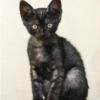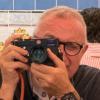SL2, ISO50 and overexposed JPEGs
-
Recently Browsing 0 members
- No registered users viewing this page.
-
Similar Content
-
- 19 replies
- 1,368 views
-
- 235 replies
- 20,252 views
-
- 31 replies
- 1,938 views
-
- 5 replies
- 426 views
-
Leica Q2 Jpeg 1 2 3
By tkao2025,
- 46 replies
- 21,456 views
-




Recommended Posts
Join the conversation
You can post now and register later. If you have an account, sign in now to post with your account.
Note: Your post will require moderator approval before it will be visible.